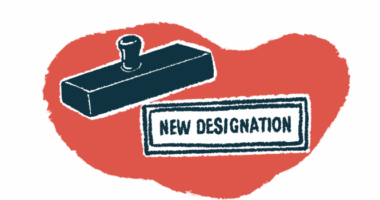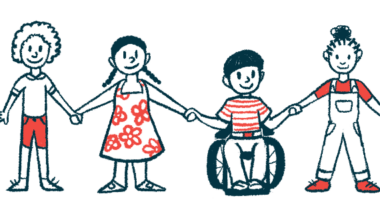
Seizures and Dravet Syndrome
Types of Seizures
Seizures are classified into three major types depending on the part of the brain they affect: focal-onset (partial seizures), generalized seizures, and unknown-onset seizures. Focal-onset seizures start on one side of the brain, while generalized seizures affect both sides of the brain simultaneously. In unknown-onset seizures, the location in the brain where the seizure starts is not known.
Alarms and Aids
Children with Dravet syndrome experience multiple, prolonged seizures that may occur in clusters. As these often happen unpredictably, patients are at risk of injury should they happen when they are alone. Having seizure alarms and safety devices can help minimize the risk of injuries associated with seizures in Dravet syndrome.
Seizure Diaries
Keeping a seizure diary is recommended to track patients’ seizures and identify possible triggers. Before starting a diary, the information that should be recorded should be discussed with a doctor or nurse. A diary should be used whenever a seizure occurs, and the information should be shared with a patient’s doctors, nurses, and caregivers.
Emergency Seizure Management Plan
It is important for patients and caregivers to have an emergency seizure management plan. This written document includes basic information about the patient, such as age and physical description, as well as emergency contact information. It should also include describe the type of seizures that have been observed previously in the patient and the physician’s recommendations for emergency first aid.
First Aid
It is vital for caregivers to know what to do when a seizure happens, as medical aid may not be immediately available. The most important thing when a seizure occurs is not to panic and to protect the patient from injury. The movements of a person having a seizure should not be restrained, as this can inadvertently cause injury. Nothing should be placed in the patient’s mouth.
Triggers
A seizure may be triggered by many things, including a particular situation or substance that can bring on a seizure when a person is exposed to it. Triggers may vary among patients, and an individual may have more than one trigger. By recognizing and avoiding known triggers, it may be possible to reduce the frequency or severity of seizures and increase patients’ quality of life.
Warning Signs
Being able to recognize seizure warning signs is of importance in avoiding undue injury, and in possibly preventing the seizure or averting a prolonged seizure. Early symptoms signaling the beginning of a seizure can come in the form of changes in behavior, thinking ability, and mood. They can serve as a warning of a seizure coming soon or up to many hours later.
Status Epilepticus
Status epilepticus is a term that describes epileptic episodes in which either an individual seizure lasts longer than five minutes, or many seizures occur close together without the patient recovering between them. Status epilepticus is common in Dravet syndrome. There are two types of status epilepticus: nonconvulsive and convulsive.
Sudden Unexpected Death in Epilepsy
Patients with epilepsy may sometimes die during or after a seizure for no apparent reason. This phenomenon is known as sudden unexpected death in epilepsy (SUDEP). The risk of SUDEP in Dravet syndrome patients is higher than those with other types of childhood-onset epilepsy and is estimated to cause at least half of all deaths in patients with the disease.



